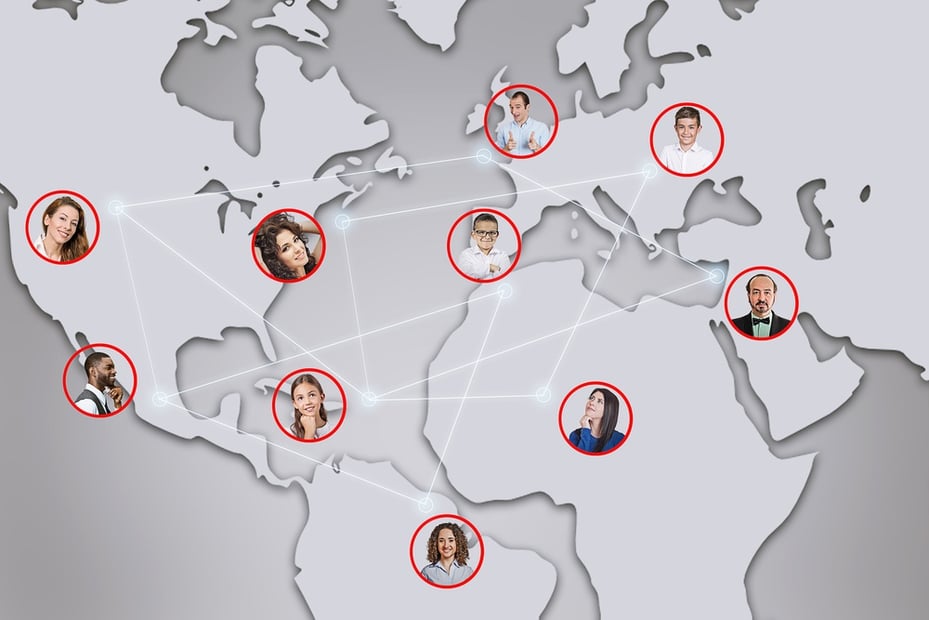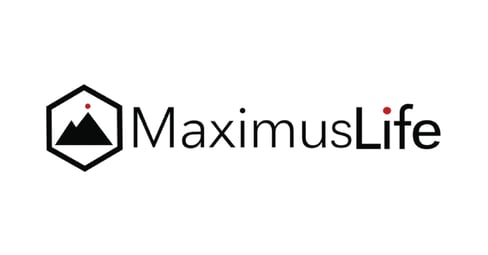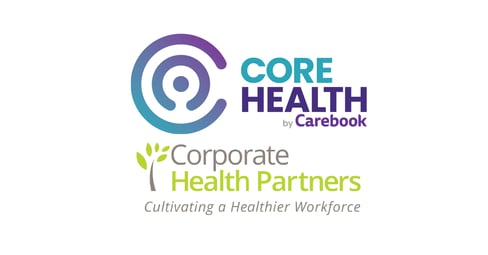Employees are on the move more than ever before! With the increase in worker mobilization, there are more things to consider with global workplace wellness programs. Learn how to go global.
This blog is an overview of an article featured in a recent issue of the Art of Health Promotion, with contributions by Dr. Jessica Grossmeier with the Health Enhancement Research Organizations (HERO). The article is titled Taking Workplace Health Promotion Global: The Art of Cultural Integration by Anne Marie Kirby (CEO, CoreHealth Technologies) and Rodrigo Rodriguez-Fernandez, MD (Global Medical Director for Non-Communicable Diseases, International SOS). The full article can be found in the Art of Health Promotion journal starting on page 10.
The Trend of Worker Mobilization
The last decade has seen a 25% increase in number of employees moving abroad to work in their company’s international satellite locations. These people are typically referred to as expatriate workers. With the increasing mobilization of workers, this trend is expected to rise to 50% by 2020. While more multi-national companies take workers to lower- and middle-income countries and divide their workforce into new and different cultures, time zones, and environments, employers are looking for ways to adapt. This is particularly true when it comes to employee wellbeing. What kind of impact will the change in environment have on employee health? What are the best ways to unite a global workforce under a single, seamless health promotion program?
What’s missing in global workplace health promotion?
Two main issues arise within multinational workplace health programs: lack of global management and inconsistent global strategy. It’s hard to create a single program that meets the needs of employees in diverse areas considering all the possible variables: culture, time zone, season, weather, holidays, economy, and technology, to name a few. For example, a simple program that focuses on walking or activity tracking may become complicated when executed on a global level. If half of the employees are in an area where it’s too hot to walk outside (say, Dubai in the summer) or too cold (like Canada in the winter) while the other is not, the program may become fractured. Local holidays may conflict with kickoff dates, grand finales or other milestones within the program.
Outside of scheduling complications are the multiple systems that employees use to track, record, and submit data. Information coming from multiple systems, vendors, and/or locations may not sync in terms of data definitions, benchmarks, or software. Access to technology in different regions (mobile, Wi-Fi, computers, etc.) may differ too. And primary health concerns may not be in the same in all areas in which a company is located.
For example, a leading global cause of death is cardiovascular disease (CVD), and one main cause of CVD is tobacco use. A tobacco cessation program might sound like a straightforward way to improve employees’ health outcomes worldwide. But since culture plays so heavily into tobacco use, it becomes a complicated topic. In Egypt, for example, use of hookahs is a cultural norm, while in India chewing tobacco is more mainstream. An effective program will need to identify and address both behaviors in order to benefit employees in each of these cultures.
In terms of cessation programming, an effective solution will require research and planning to work for all involved. As an example, face-to-face counseling may be effective in some areas, like in the U.S., while in other places, like Asian countries, employees may avoid counseling, especially at work, to protect their professional image. Cultural research is an essential part of building an effective global wellness program.
Keep it Simple and Inclusive
The best global corporate wellness programs are simple and inclusive. A great program is designed to unite geographically-separated employees and share information. An example of a successful program comes from a power utilities company with locations worldwide that was lacking congruency. The program involved employees tracking daily activity, or “walking their power grid,” and virtually walking (as they tracked their daily steps) to each of the company’s locations worldwide. As they did, each office around the world was spotlighted and local employees were able to share pictures and information about their area. This unifying approach not only enhanced physical health but also created unity and team building as a result.
Getting Started
The key to success in starting a global health promotion program is multi-channel marketing before the program begins. Communicating to employees through various forms of media, with repeated exposures, will help boost awareness, anticipation, and engagement.
For best results marketing should focus on a fun, supportive program.
Importance of the private sector in global health promotion 
Workplaces have been identified as an effective place to tackle increasing worldwide health issues, given the amount of time people spend at work. These global health issues generally include CVD and other non-communicable diseases. Large, multinational companies are finding that their resources (talent, financial support, etc) can make a significant difference in improving health outcomes in global populations.
The opportunity to improve global health is real, but according to Anne Marie Kirby, CEO of CoreHealth and contributor to the article, there are several barriers in place:
- Health is rarely a primary focus for multinational companies
- Many leaders don’t understand the value of prevention
- Few companies have health professionals in every location
- Data privacy and security is complicated on an international level
Data Privacy and Security
Possibly the most significant barrier to success is compliance with privacy and data security laws worldwide. Keeping up with local laws and security rules around the world requires a lot of work, research, and upkeep. As Kirby notes, the sheer quantity of rules can be overwhelming, in addition to the fact that the rules are constantly changing. Fortunately, there are lawyers who focus on global health-care data privacy as their area of expertise. 
Data storage is also a major issue, especially for countries in the European Union or considered to be equivalent, like Canada. The rules for what information can and cannot be shared are complex. However, with the right help, the task is manageable and global health promotion programs are feasible.
For example, CoreHealth Technologies works with many multi-national and global companies to help them run successful wellness programs. To help manage data security and privacy, CoreHealth works closely with a trade commissioner who is part of a network of Canadian trade commissioners in over 140 countries. According to Kirby, CoreHealth’s designated trade commissioner helps to access local resources and provide information about laws, general practices, and even culture in whatever area a company may have employees. Alternatively, an even simpler way to stay on top of the rules and regulations is to work with a wellbeing provider that has their own staff in each of the locations a company may be located in.
Resource: Our white paper to learn about global privacy based on our consultation with information privacy experts.
Effective worksite health promotion
Planning, delivering, and evaluating a multinational worksite health promotion program is no easy feat. Teaming up with an experienced third-party wellness partner allows organizations to outsource liability for issues like data privacy and staying on top of global health issues, rules, and culture, for a seamless, unifying health promotion program. The benefits in terms of improving health outcomes in global health issues like non-communicable diseases are real and can result in happier, healthier, more productive people around the world.
About CoreHealth Technologies
CoreHealth Technologies Inc. is a leading all-in-one corporate wellness platform trusted by wellness providers to power their health and wellbeing programs for 3+ million employees worldwide. At CoreHealth, we believe that developing the best employee wellness programs is all about giving providers the right code, design and access to best-in-class innovations. With the most customization, integrations and reliability of any software in its class, CoreHealth’s powerful platform lets users focus on growing great wellness companies. For more information, visit the CoreHealth website or visit our YouTube Channel.






